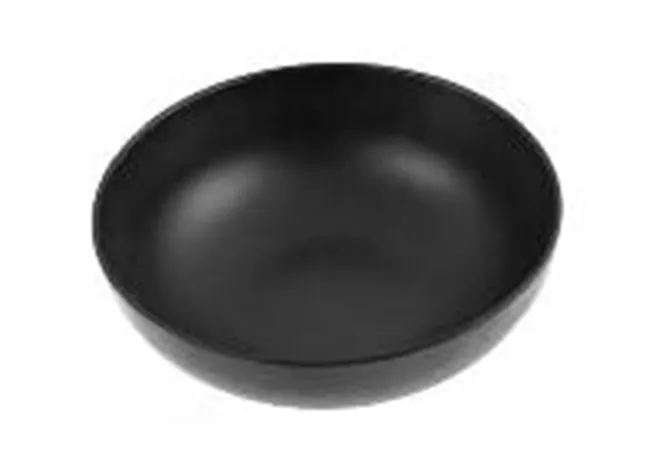-
Cangzhou Yulong Steel Co., Ltd.
-
Phone:
+86 13303177267 -
Email:
admin@ylsteelfittings.com
- English
- Arabic
- Italian
- Spanish
- Portuguese
- German
- kazakh
- Persian
- Greek
- French
- Russian
- Polish
- Thai
- Indonesian
- Vietnamese
- Zulu
- Korean
- Uzbek
- Hindi
- Serbian
- Malay
- Ukrainian
- Gujarati
- Haitian Creole
- hausa
- hawaiian
- Hebrew
- Miao
- Hungarian
- Icelandic
- igbo
- irish
- Japanese
- Javanese
- Kannada
- Khmer
- Rwandese
- Afrikaans
- Albanian
- Amharic
- Armenian
- Azerbaijani
- Basque
- Belarusian
- Bengali
- Bosnian
- Bulgarian
- Catalan
- Cebuano
- China
- China (Taiwan)
- Corsican
- Croatian
- Czech
- Danish
- Esperanto
- Estonian
- Finnish
- Frisian
- Galician
- Georgian
- Kurdish
- Kyrgyz
- Lao
- Latin
- Latvian
- Lithuanian
- Luxembourgish
- Macedonian
- Malgashi
- Malayalam
- Maltese
- Maori
- Marathi
- Mongolian
- Myanmar
- Nepali
- Norwegian
- Norwegian
- Occitan
- Pashto
- Dutch
- Punjabi
- Romanian
- Samoan
- Scottish Gaelic
- Sesotho
- Shona
- Sindhi
- Sinhala
- Slovak
- Slovenian
- Somali
- Sundanese
- Swahili
- Swedish
- Tagalog
- Tajik
- Tamil
- Tatar
- Telugu
- Turkish
- Turkmen
- Urdu
- Uighur
- Welsh
- Bantu
- Yiddish
- Yoruba

Nov . 20, 2024 22:21 Back to list
different types of pipe welding
Different Types of Pipe Welding
Pipe welding is a critical process in various industries, including construction, oil and gas, plumbing, and manufacturing. It involves joining pipes made of different materials through various welding methods. The choice of welding technique depends on the type of material, the specific application, and the operating environment. In this article, we will explore several common types of pipe welding, their applications, advantages, and disadvantages.
1. Shielded Metal Arc Welding (SMAW)
Also known as stick welding, SMAW is one of the most widely used pipe welding methods. This technique employs a consumable electrode coated in flux, which generates a shielding gas and slag to protect the weld pool from contamination. SMAW is highly versatile and can be utilized on various materials, including carbon steel, stainless steel, and cast iron.
Advantages - Equipment is relatively inexpensive and portable. - Suitable for outdoor use, as it is less sensitive to wind and drafts.
Disadvantages - Dependent on the skill level of the operator. - Slower application compared to other welding methods.
2. Gas Tungsten Arc Welding (GTAW)
Commonly known as TIG (Tungsten Inert Gas) welding, GTAW uses a non-consumable tungsten electrode to produce the weld. An inert gas, usually argon or helium, protects the weld from contamination. GTAW is particularly suitable for thin-walled pipes and is commonly used for stainless steel and aluminum welding.
Advantages - Provides high-quality welds with excellent aesthetic appeal
. - Offers great control over the welding process, making it suitable for complex joints.Disadvantages - More expensive equipment and slower than other methods. - Requires a high level of operator skill.
different types of pipe welding

3. Gas Metal Arc Welding (GMAW)
Also known as MIG (Metal Inert Gas) welding, GMAW employs a continuous wire feed as the electrode. The welding area is shielded from contamination by an inert gas, similar to GTAW. This method is widely used in pipe welding due to its speed and ease of use, especially for production applications.
Advantages - High welding speed and efficiency. - Suitable for various materials and thicknesses.
Disadvantages - More susceptible to contamination from wind, needing a controlled environment. - Equipment can be more costly and complex compared to SMAW.
4. Submerged Arc Welding (SAW)
SAW is a process that involves welding under a blanket of granular flux, which helps to protect the weld area from atmospheric contamination. This method is especially effective for welding thick pipes, as it can produce high-quality welds with deep penetration.
Advantages - High welding speed and productivity. - Produces minimal fume and spatter, leading to cleaner work environments.
Disadvantages - Limited to flat or horizontal positions, restricting its applicability. - Requires a substantial initial investment for setup.
Conclusion
Each pipe welding technique has its own set of advantages and limitations, making it essential for professionals in the field to understand their specific applications. Factors such as the material type, thickness, joint configuration, and environmental conditions should be considered when selecting a welding method. As technology advances, new innovations in pipe welding continue to emerge, enhancing efficiency and quality in the industry. By mastering different welding techniques, welders can ensure the integrity and reliability of pipe systems in various applications, ultimately contributing to the safety and effectiveness of the infrastructures they support.
Latest news
-
ANSI 150P SS304 SO FLANGE
NewsFeb.14,2025
-
ASTM A333GR6 STEEL PIPE
NewsJan.20,2025
-
ANSI B16.5 WELDING NECK FLANGE
NewsJan.15,2026
-
ANSI B16.5 SLIP-ON FLANGE
NewsApr.19,2024
-
SABS 1123 FLANGE
NewsJan.15,2025
-
DIN86044 PLATE FLANGE
NewsApr.19,2024
-
DIN2527 BLIND FLANGE
NewsApr.12,2024
-
JIS B2311 Butt-Welding Fittings LR/SR 45°/90° /180°Seamless/Weld
NewsApr.23,2024











